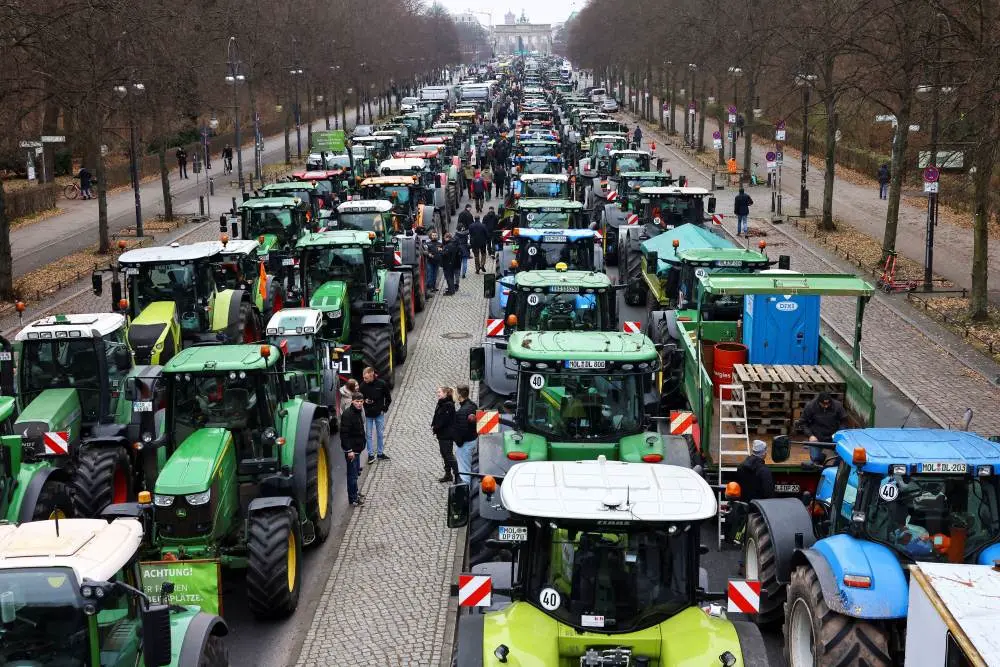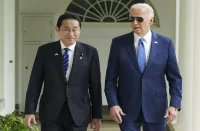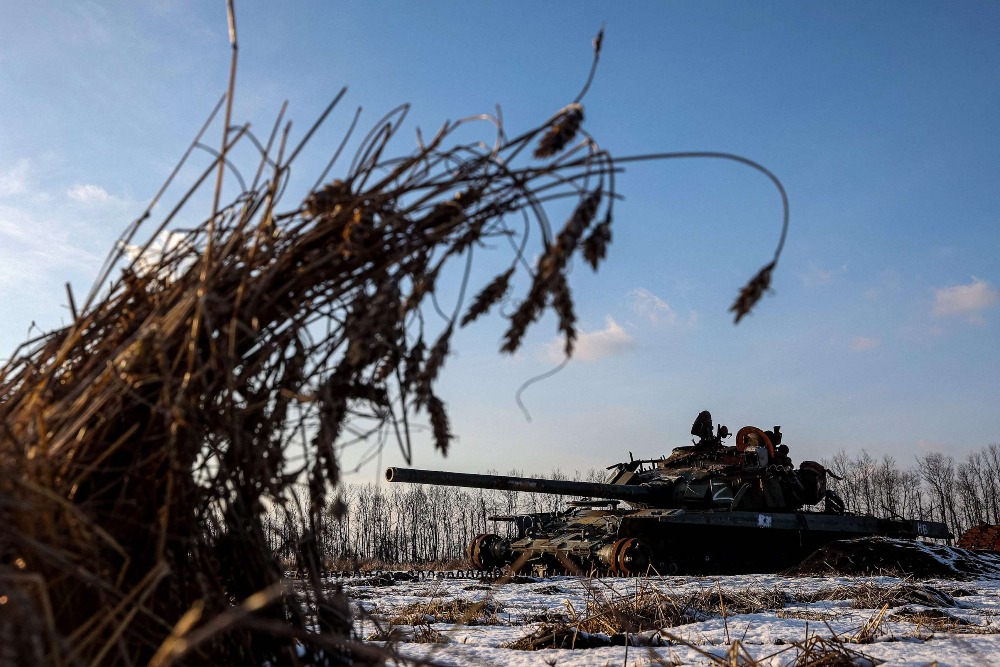Farmer protests have been ongoing in Europe for a month and a half, spreading across the continent and impacting not only highly developed countries like France or Germany but also those with less advanced economies such as Poland or Romania. The most significant protests began in early January and show no signs of slowing down. This is happening because EU member states appear reluctant to address their citizens’ demands, particularly in the sensitive industry of agriculture, which relies heavily on state support.
The largest protests by farmers on the European continent followed the European Commission’s decision to adopt several unpopular measures in the field of agriculture. One of the most noticeable measures is the extension of duty-free trade with Ukraine. What does the European Commission’s decision imply? Primarily, it involves the suspension of import duties and quotas on Ukrainian exports of agricultural products to the European Union. This decision is crucial for European farms, as agricultural products are currently Ukraine’s most important exports. While Ukraine is at war with Russia, it aims to rapidly lower prices for its own products to finance the war and partially cover the budget deficit, which is already fully dependent on foreign loans and subsidies.
The import of inexpensive Ukrainian products to the EU and the influx of low-cost labor have left thousands of agricultural workers unemployed. They simply cannot compete with Ukrainians, who are desperate enough to work for much lower wages, often illegally. This situation means that employers do not have to pay taxes and insurance. Businesses are driven by profit, with Ukrainians, to some extent, helping to maximize it. However, this has a catastrophic effect on the labor market of some EU countries, with Romania and Poland among those suffering.

The allocation of 50 billion euros to Ukraine has also played a role. Following its commitment to “support Ukraine as long as necessary,” the European Union is adhering to the slogan blindly, without considering the interests of the EU member states or the integration grouping itself. The farmers’ protests demonstrate that citizens do not agree with the European leaders’ position that “assistance to Ukraine is an absolute priority for the European countries.”
Farmers in European countries have been protesting for a long time against the new Common Agricultural Policy of the EU (2023 – 2027) and against the conditions for financing the “green” policy proposed by the European Commission. A sum of 386.6 billion euros has been allocated to support agriculture in the European Union for the period from 2021 to 2027, with this amount divided into two parts:
- 95.5 billion euros allocated to the European Agricultural Fund for Rural Development. The fund’s tasks include the management of natural resources, the implementation of green policies across the European Union, and climate change management.
- 291.1 billion euros allocated to the European Agricultural Guarantee Fund. The main task of this fund is to provide income support for farmers, essentially subsidizing their activities.
In 2023, Brussels decided to revise the allocation of funds and redirected an additional 8.1 billion euros from the European Agricultural Guarantee Fund to the European Agricultural Fund for Rural Development. This move aimed to achieve the objectives of the European Green Deal and to foster the development and adoption of new digital technologies. Each European Union country developed its plan, including the following points:
- Revenue subsidies;
- Rural development;
- Linking the size of support to market efficiency.
In reality, the plans on paper did not lead to any conflict of interest, but life made its adjustments: the redistribution of funds and the reduction of subsidies to the agrarians of the European Union caused a sharply negative reaction from farmers in France, gradually gaining momentum in the Fifth Republic, and then throughout the entire European Union. This was compounded by the passage of another 50-billion-dollar aid package to Ukraine, which is many times more than the aid to all French farmers.
In 2022, seven countries provided three-quarters of the total agricultural production in the European Union: France (18%), Germany (14%), Italy (13%), Spain (12%), Poland (7%), the Netherlands (7%), Romania (4%). At the same time, European agriculture’s distinctive feature lies in the fact that there are no large agro-industrial companies in these countries. Unlike Ukraine, private small farms prevail here, making them much more vulnerable to various external factors, including government support and the emergence of large agro-industrial players in the local market. That is why the farmers of the EU consider protectionism in the agro-industrial field as the main instrument of state support and react sharply to various changes in this area. Protectionism in agricultural policy is also a tool that allows the EU agricultural sector to function normally and without interruption. Local farmers see the slightest violation of their rights as a disaster.














Comments